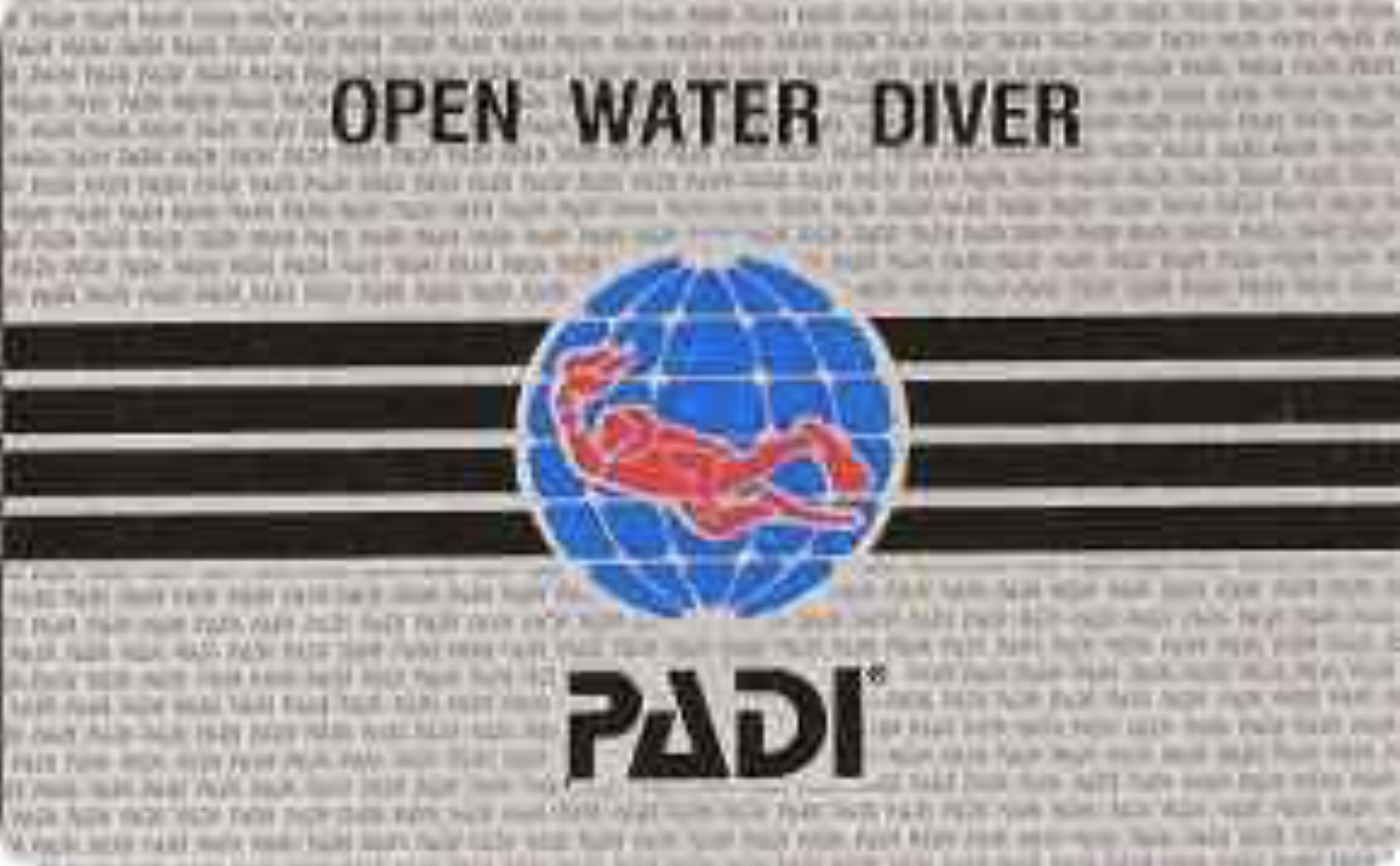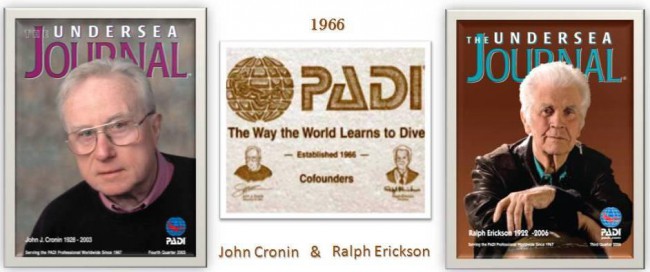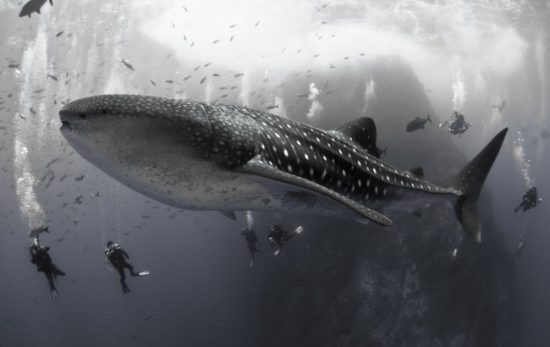Take mutual frustration over the state of the diving industry in the 1960s, add in some long conversations regarding what to do about it and then throw a bottle of Johnny Walker’s finest into the mix and you have all the ingredients needed for the creation of the Professional Association of Dive Instructors – or PADI as it’s more commonly known.
The origin story says that PADI Founders John Cronin and Ralph Erickson – a scuba equipment salesman and swimming instructor, respectively – shared several concerns about the diving industry. In short, they thought the industry was unprofessional and made it unnecessarily difficult for new people to join the sport.
One thing led to another, and over a number of shared libations, the pair formed a partnership. What was the first step of the newly formed duo? To use USD $30 to create PADI. Their goal was simple: provide people with the chance to learn important scuba diving skills and enjoy the underwater world through modern scuba diving training. They wanted PADI to reach people across the globe, helping to create confident, knowledgeable scuba divers who dive regularly and support the growth of the sport.
Given the global PADI we know today, it can be hard to imagine the days when the organization was only a small community of passionate divers. And it may be even more surprising to hear that in its first couple of years, the organization really struggled — mustering only 400 members by the late 1960s.
But it wouldn’t stay that way for long. A few key milestones were on the horizon. Firstly, Cronin went to an international trade show in New York City where he met with Paul Tzimoulis (who would later become the editor of Skin Diver Magazine). Tzimoulis suggested that divers’ pictures should be placed on the certification cards awarded by PADI. This seemingly small change was implemented and helped propel PADI’s global reach.

Another key point on the PADI timeline occurred in the late 1970s, when PADI started creating its own multimedia and educational materials for both students and instructors across all of their courses. This positioned PADI as the industry-leading experts in scuba diving. Ultimately, this change parlayed significant growth for the company and truly differentiated what it was doing from the competing scuba organizations at the time.
By the late 1980s, PADI was the leader in the scuba diving industry, offering scuba diving training around the world. With the resulting success and the realization that so many new people were embracing the sport, PADI was inspired and compelled to promote the protection of the underwater environments by initiating a number of conservation programs, many of which still remain in some form. PADI currently has initiatives to help protect endangered species, reduce ocean pollution and increase our understanding of humanity’s impact on the oceans and waterways via the PADI AWARE Foundation.
Today, there are over 6,600 PADI Eco Centers, Dive Shops and Resorts and more than 300 employees in PADI corporate offices around the world. What’s more, the original vision from the 1960s still remains the focus for the organization, without any change in sight: “PADI intends to be the world leader in the educational development of scuba diving professionals and enthusiasts.”
Ready to Join the World’s Largest Diving Community?
If hearing how the world’s largest community of divers was created has sparked your own desire to become a PADI diver, you’re in the right place. You can start your journey right away with PADI eLearning. Alternatively, locate your nearest PADI dive shop to speak with a PADI Professional in person.

